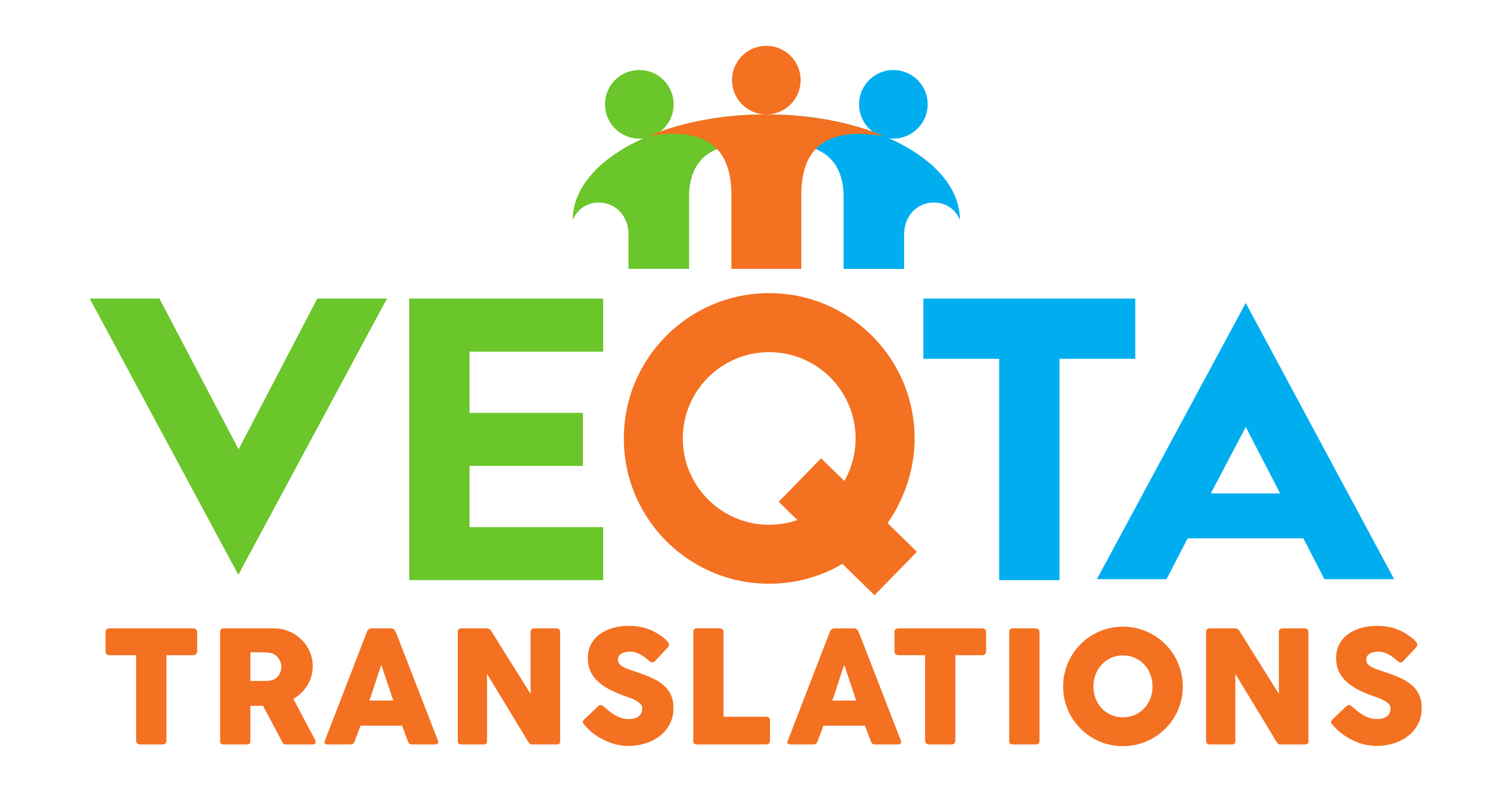Business translation between Thai and English often looks simple—until contracts are disputed, sales emails fall flat, or product manuals confuse users. Errors typically stem from mismatched tone, ambiguous pronouns, unit and number formats, and culturally misaligned politeness. This guide catalogs eight high‑impact mistakes we see across proposals, policies, service agreements, and marketing assets, then shows you how to avoid them with repeatable processes. Whether you’re localizing for B2B procurement or consumer e‑commerce, these patterns and fixes will save you time, legal risk, and brand equity.
1) Over‑formal or Over‑casual Register
Thai originals may sound highly deferential; translated literally, English can feel stiff or distant. Fix: Define register per channel (contract, pitch deck, landing page) and audience. Provide example sentences in your style guide showing acceptable ranges.
2) Misinterpreting Pronouns and Reference
Thai frequently drops subjects; who is doing what can be unclear. Fix: Clarify actors when stakes are high (e.g., liability clauses). In marketing, prefer explicit actors in the first mention, then streamline.
3) Unit, Number, and Date Formatting
Comma/period usage, date order, currency placement, and Thai numerals can create errors. Fix: Standardize formats in templates (e.g., ISO dates, space as thousands separator for EU, or US commas) and lint during QA.
4) Literal Terminology in Regulated Contexts
Finance, healthcare, energy, and government programs often use set English terms. Fix: Maintain a client‑approved term base mapping Thai program names and legal constructs to accepted English equivalents.
5) Ambiguous Politeness in Requests and Apologies
A Thai apology may be formal yet indirect. In English, vague remorse without ownership sounds evasive. Fix: Use explicit agency (“We acknowledge…”), actionable remedy, and clear timeline.
6) Over‑translating Proper Nouns
Products, departments, and initiative names are sometimes translated even when English should remain. Fix: Lock proper nouns; translate descriptive appositives only if needed for clarity.
7) Ignoring Channel Constraints
Line breaks, app UI truncation, and email preview text can garble meaning. Fix: Provide character‑count guidelines and test in real UI mockups before final sign‑off.
8) Skipping Stakeholder Review
Subject‑matter nuance—tax, HR, compliance—can’t be guessed. Fix: Route critical strings to SMEs. Keep comments explaining why certain polite forms were adapted, preventing rework.
Conclusion
Treat Thai‑to‑English business translation as a product discipline, not a last‑mile task. With style governance, term bases, format standards, and SME review, you’ll reduce friction and deliver content that performs in meetings, inboxes, and courts alike.
FAQs
Q: What’s the fastest quality win we can implement?
A: Create a one‑page tone charter with examples by channel and audience.
Q: How do we handle mixed Thai/English brand assets?
A: Define when to keep English product names and how to translate descriptors.
Q: Should legalese be simplified in English?
A: Where allowed, yes—clarity reduces risk. Keep counsel in the loop.
Q: How do we QA numbers and currency?
A: Use format validators and a final finance check for contracts and invoices.
Q: Do we need separate glossaries per department?
A: Yes—finance, HR, and product each deserve tailored term lists.


